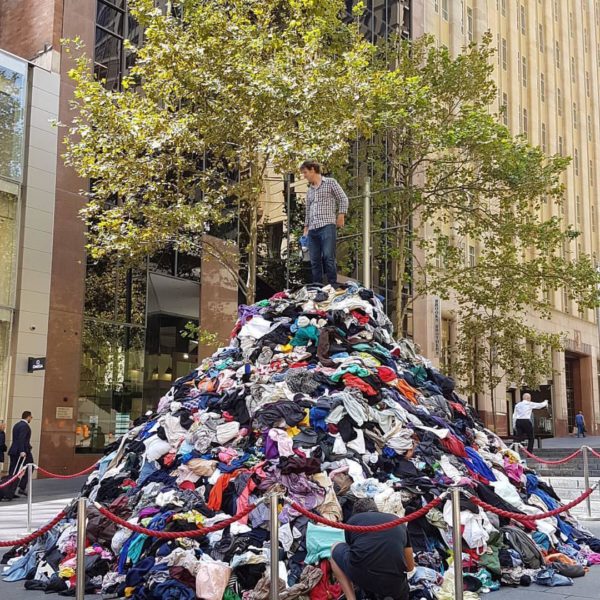The Illusion of Cheap: The Real Cost of Fast Fashion

We all love a good bargain, but is the cheap price tag genuinely worth it when it comes to fast fashion? As consumers, we often fall for the illusion of affordability and convenience. The truth is that fast fashion comes with a high cost, both financially and ethically.
What is Fast Fashion?
Fast fashion is a term used to describe the practice of producing and selling clothes rapidly to keep up with the latest trends. These garments are often made from cheap, synthetic materials and are produced in sweatshop-like conditions. The result is a low-cost item that is designed to fall apart quickly, encouraging the consumer to buy more.
While fast fashion may seem like a great deal in the short term, buying cheap clothes often means that we need to replace them more frequently. This can be more expensive in the long run and contributes to the cycle of waste and pollution.
According to a report by the Ellen MacArthur Foundation, the average number of times a garment is worn before it is discarded is just 7 times.
Australia's Textile Waste Crisis
While fast fashion may seem like a great deal in the short term, buying cheap clothes often means that we need to replace them more frequently. This can be more expensive in the long run, and it also contributes to the cycle of waste and pollution.
The average Aussie purchases 27kg of new clothing and textiles every year and discards 23kg into a landfill. This contributes to the 6000kg of clothing and textile waste being dumped into landfill every 10 minutes, putting Australia as the second largest consumer of textiles per person in the world, after the US. A large amount of this textile waste is composed of synthetic materials that are non-degradable, meaning that they take hundreds of years to break down and continue to release damaging carbon emissions in the process.

This is 6000kg of fashion waste. We generate this every 10 mins in Australia. (ABC TV)
The Surprise Billing
According to the Australian Government's National Waste Report, the cost of managing textile waste in Australia was around $63 million in 2016-2017. This number is likely higher now as the amount of textile waste generated in Australia continues to grow. It is also worth mentioning that these costs don't include the cost of cleaning up textile waste that ends up in the ocean, in addition to the cost of the damage that textile waste causes to marine life and habitats.
Underpaid And Overwork: The Human Cost Of Fast Fashion
The human cost of fast fashion is also high. Many fast fashion garments are produced in sweatshops where workers are paid extremely low wages and are forced to work in poor conditions. According to a 2018 report by the Clean Clothes Campaign, the minimum wage for garment workers in Bangladesh, one of the largest fast-fashion producers, is just US$96 per month. This is significantly below the living wage, calculated to be around US$190 per month.

Who has the power to change this?
Us. As consumers, we hold power to change the fashion industry. Fast fashion is a problem that affects us all, and we need to take responsibility for our actions and make a change. The fast fashion industry is driven by consumer demand, and the choices we make as consumers ultimately determine the success or failure of these companies. By choosing to stop buying fast fashion, individuals can send a powerful message to the industry that they are no longer willing to support unsustainable and unethical practices.
Not sure where to start? Here are some easy steps to quit fast fashion.




